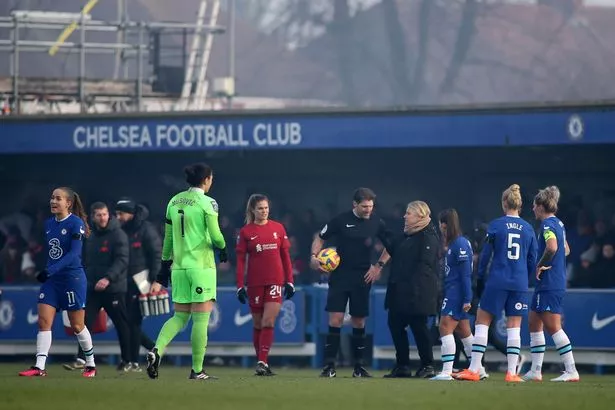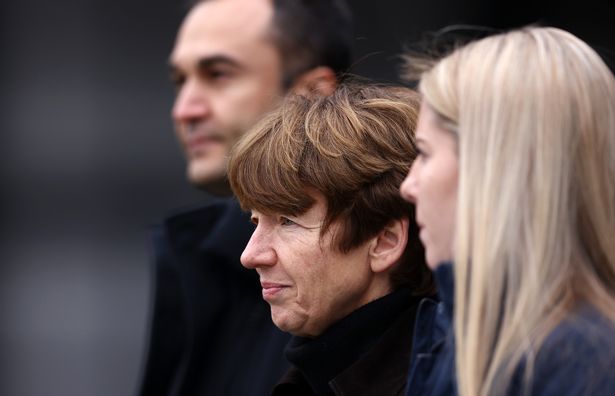If you’ve been following the exciting journey of women’s football, you’ll know that the Women’s Super League (WSL) in England has been making waves globally. But guess what? The best is yet to come, and it’s not just a casual statement.
On a sunny day in west London, Dawn Airey, Chair of the Women’s Super League board, and Baroness Sue Campbell, the FA’s Director of Women’s Football, sat down to discuss their ambitious plans for the pinnacle of English women’s football. Buckle up; we’re about to explore what’s in store for the future of the WSL.
New Broadcast Rights on the Horizon
First things first, the current television deal is coming to an end. Airey and Baroness Campbell have clarified that new broadcast rights will hit the market before 2024. It’s not just about TV; it’s about paving the way for a new era. Enter “NewCo,” the future governing body set to take over the day-to-day management of the competition.
Empowering the Clubs
Both the Championship and the WSL are currently under the FA’s wing. But change is brewing, and it’s all about handing over the power to a new entity. This transition aims to enhance commercial opportunities for the top tier of English women’s football. Why? Because revenues, attendance, and TV coverage are skyrocketing.

“The FA is a regulator,” says Airey. “And we appreciate that a regulator running a commercial league is unusual. So, the FA committed some time ago to the leagues being handed over to the clubs to run. NewCo is the name that we give to the new governing structure around the clubs that will run these leagues.”
The Lionesses’ Roar
Success on the international stage has ignited England’s passion for domestic women’s football. The numbers don’t lie. “Last year, it was the most followed women’s league globally with 2 million followers. We had a massive increase in attendance, in both Super League and Championship, with Super League up about 170 percent; we want to see that increase again.”
Main Stadiums Take Center Stage
Playing in iconic stadiums is every player’s dream. This season, teams like Aston Villa, Chelsea, and Arsenal return to Villa Park, Stamford Bridge, and the Emirates, respectively. But should more teams follow suit and play all their home fixtures in their main stadiums?
Campbell points out a challenge: “If we’re not getting enough people in those main stadiums, then the broadcasters will say it doesn’t create the atmosphere.”

Sharing the Wealth
A lucrative television contract and expanded commercial partnerships could reshape the WSL within five years. But the big question is, how does this benefit the entire women’s football pyramid, not just the top clubs?
“We should get away from talking about a league; this is two leagues in our structure,” explains Campbell. “Two leagues will benefit from any (extra) income.”
The challenge lies in bridging the gap between the WSL, the Championship, and the National League. “Because the WSL is moving so fast at the top, what can we do? We must ensure we’re keeping that as tight as possible.”
In a nutshell, the WSL’s £1 billion ambition is a game-changer. The future of women’s football in England is brighter than ever, with new opportunities and challenges on the horizon. So, get ready for an exhilarating ride because women’s football is here to stay, and it’s only getting better.
Originally posted 2023-09-18 14:43:32.
